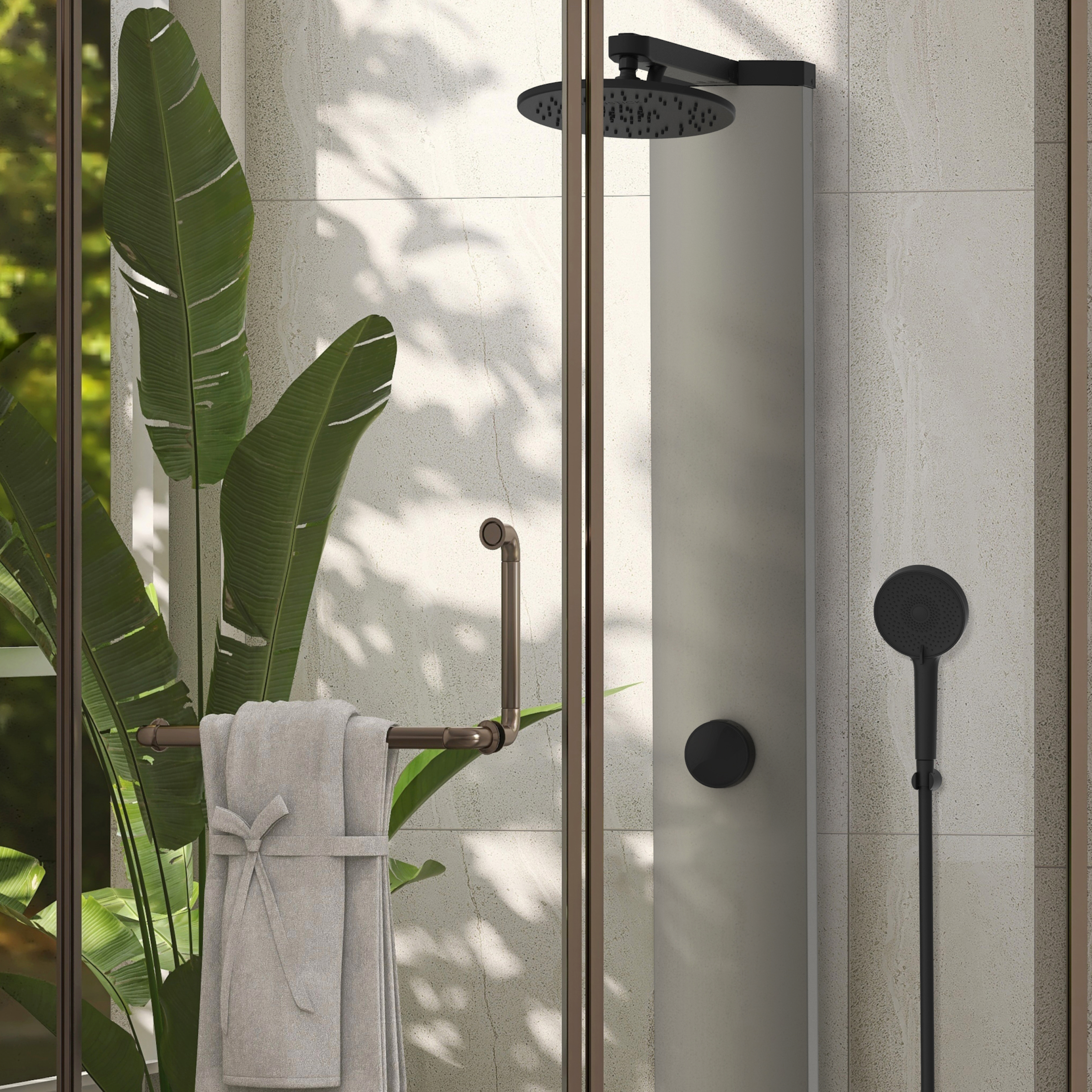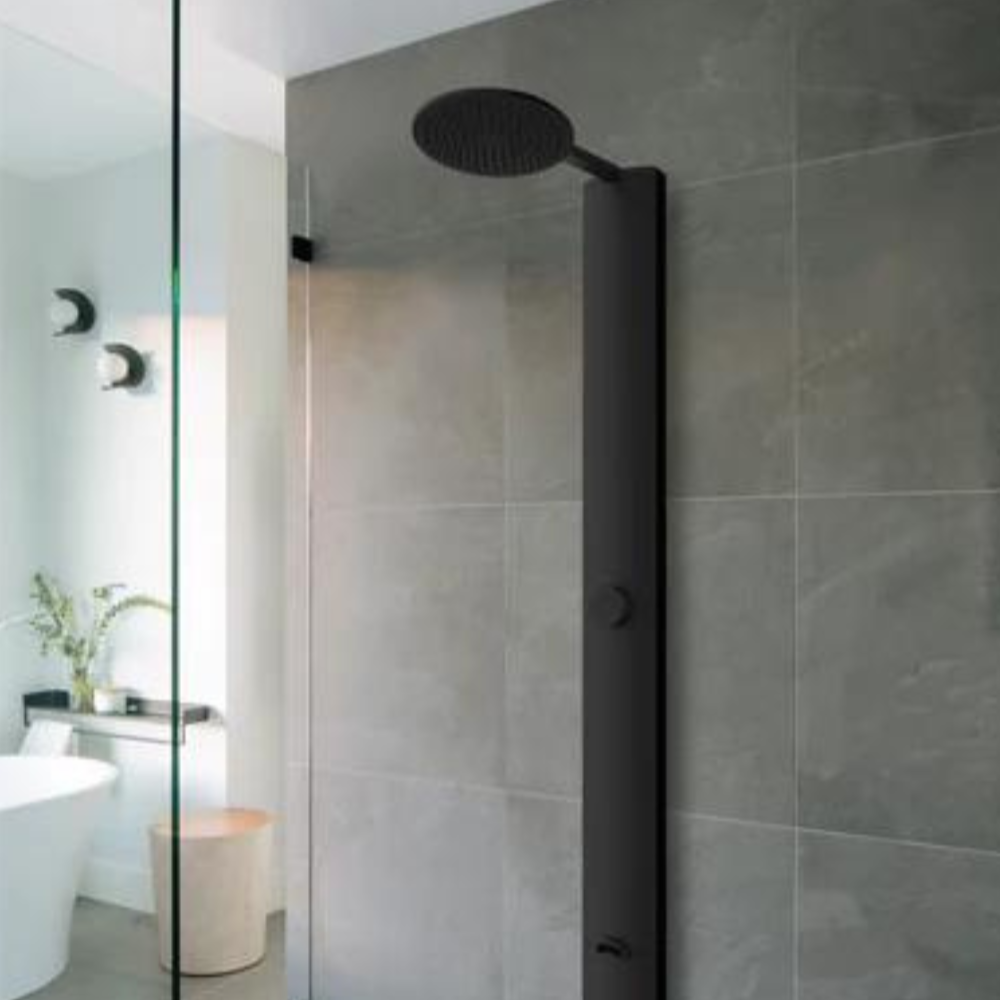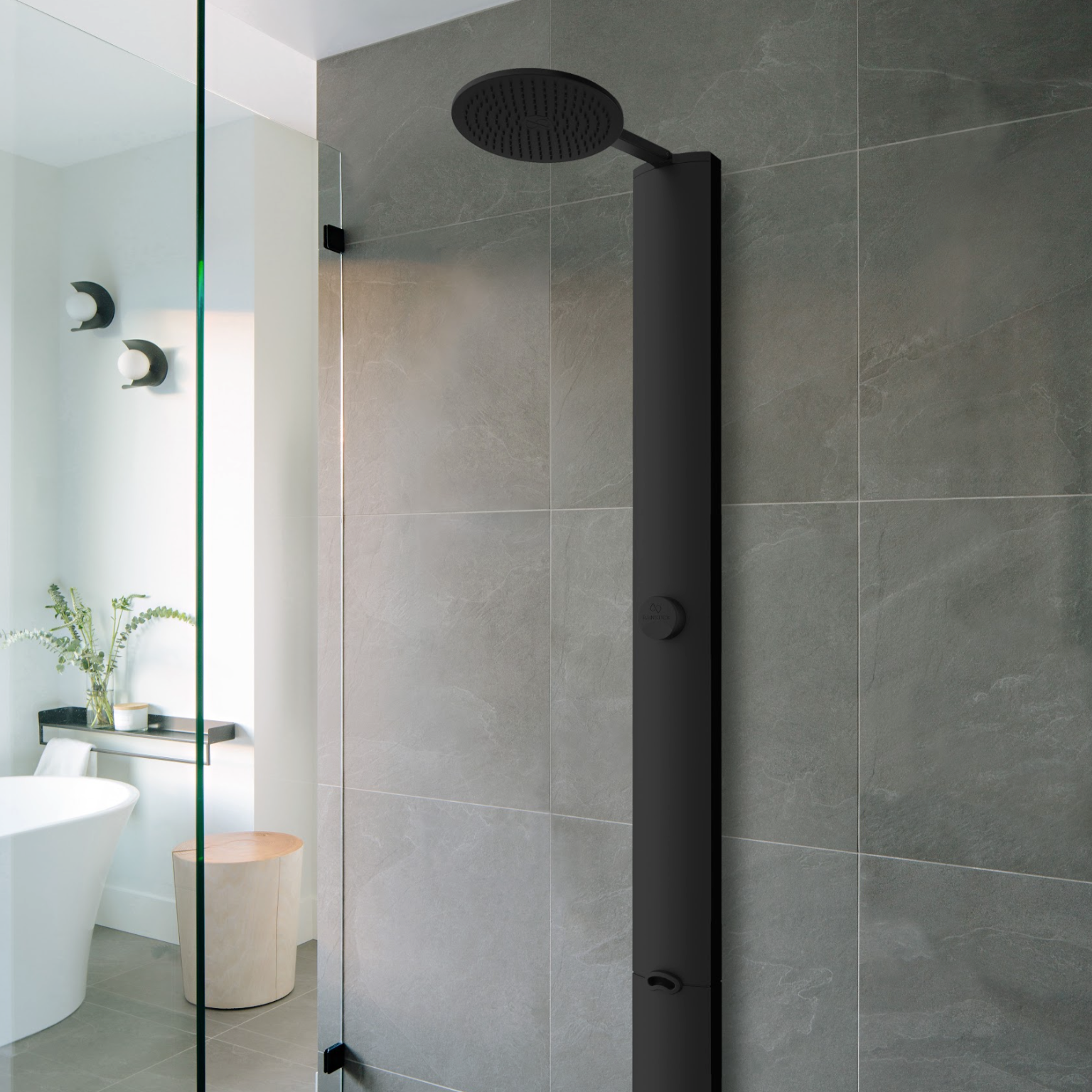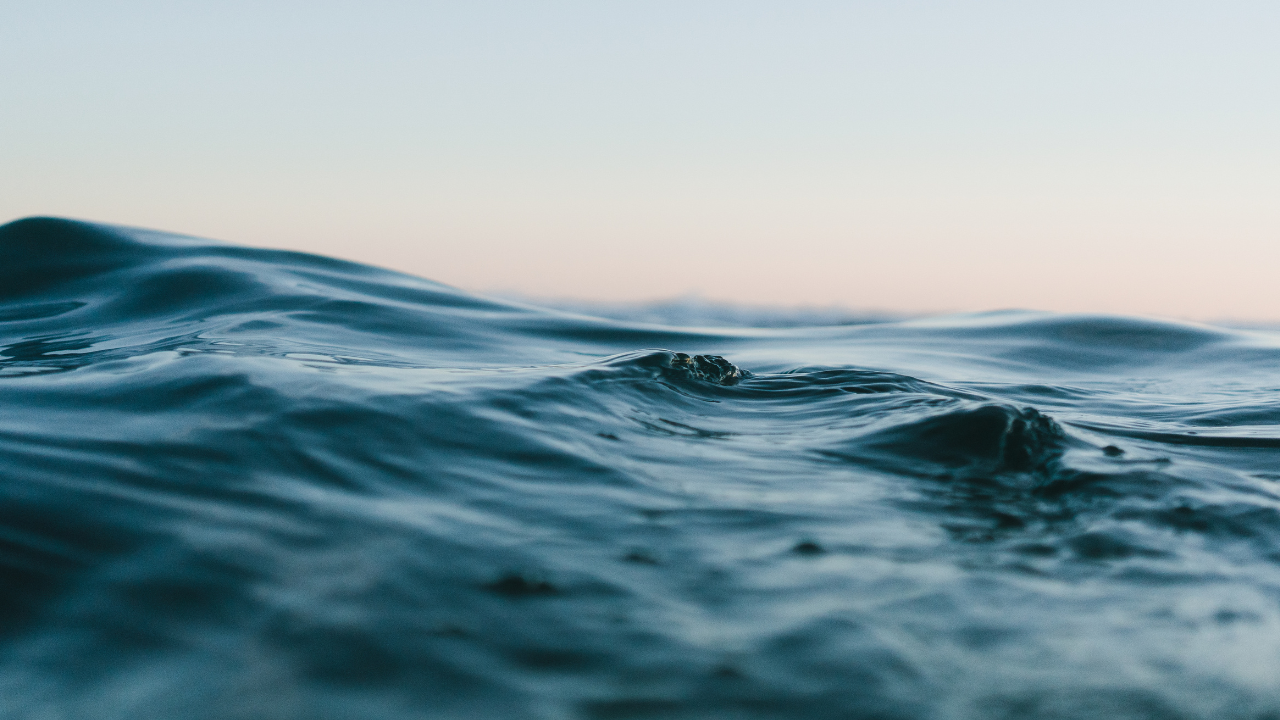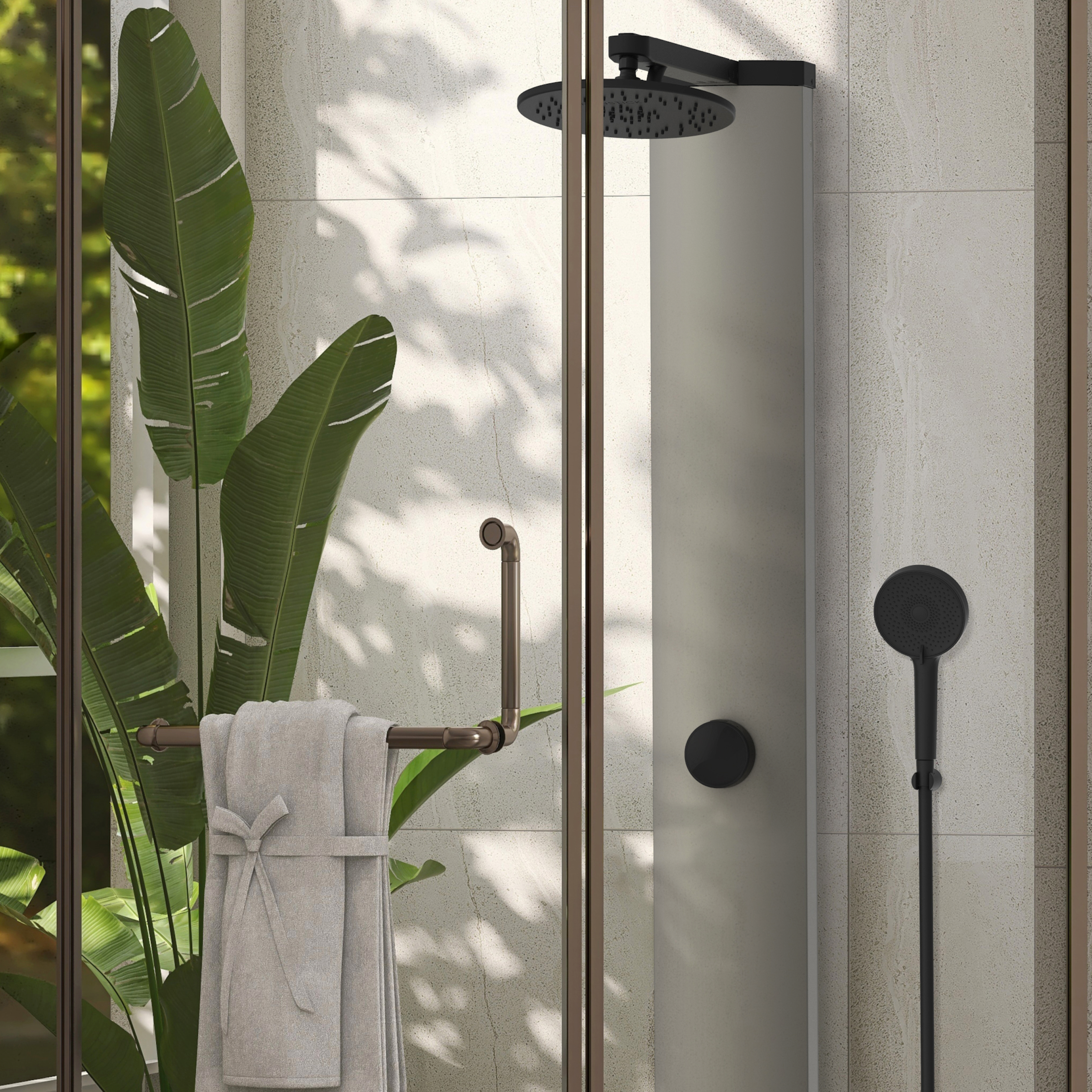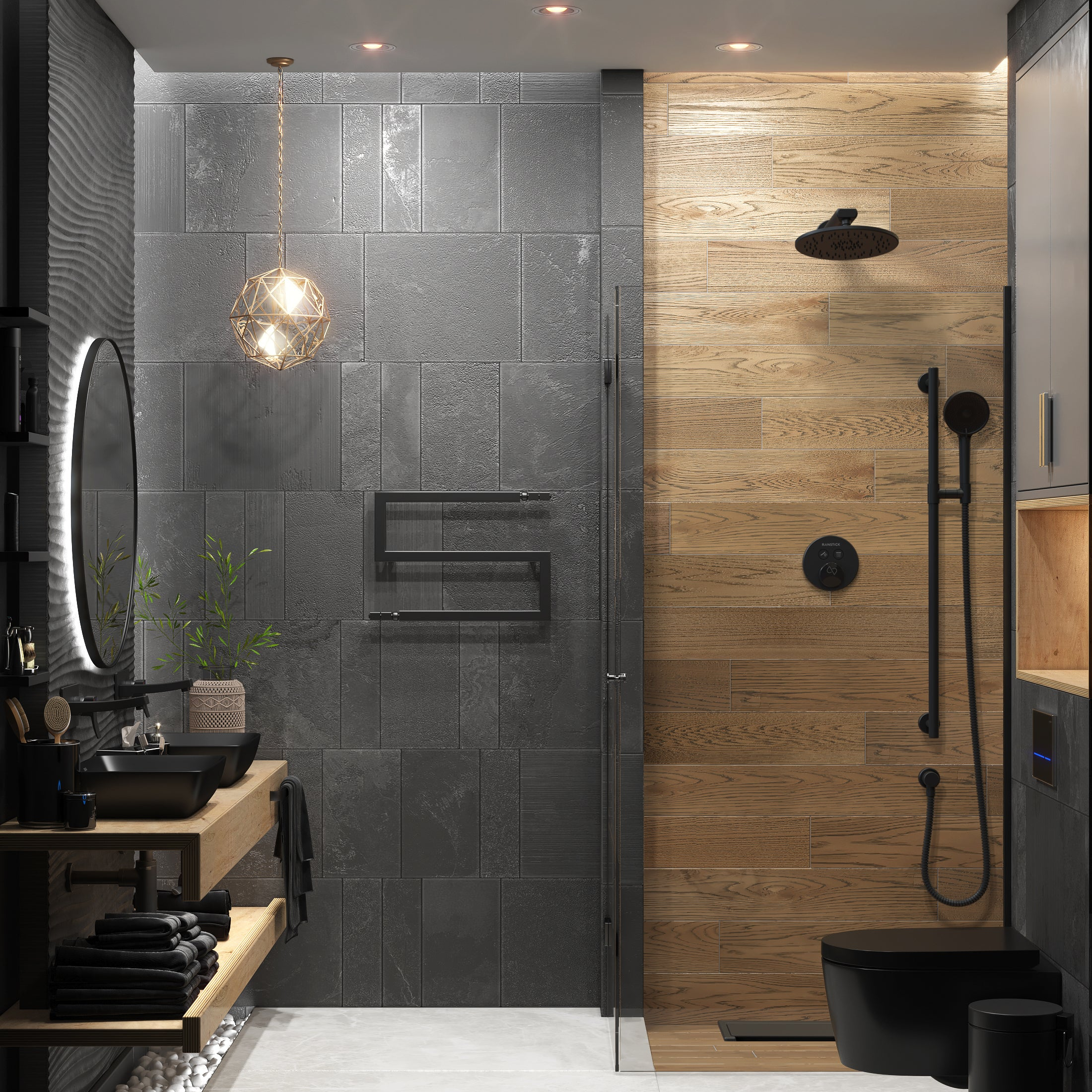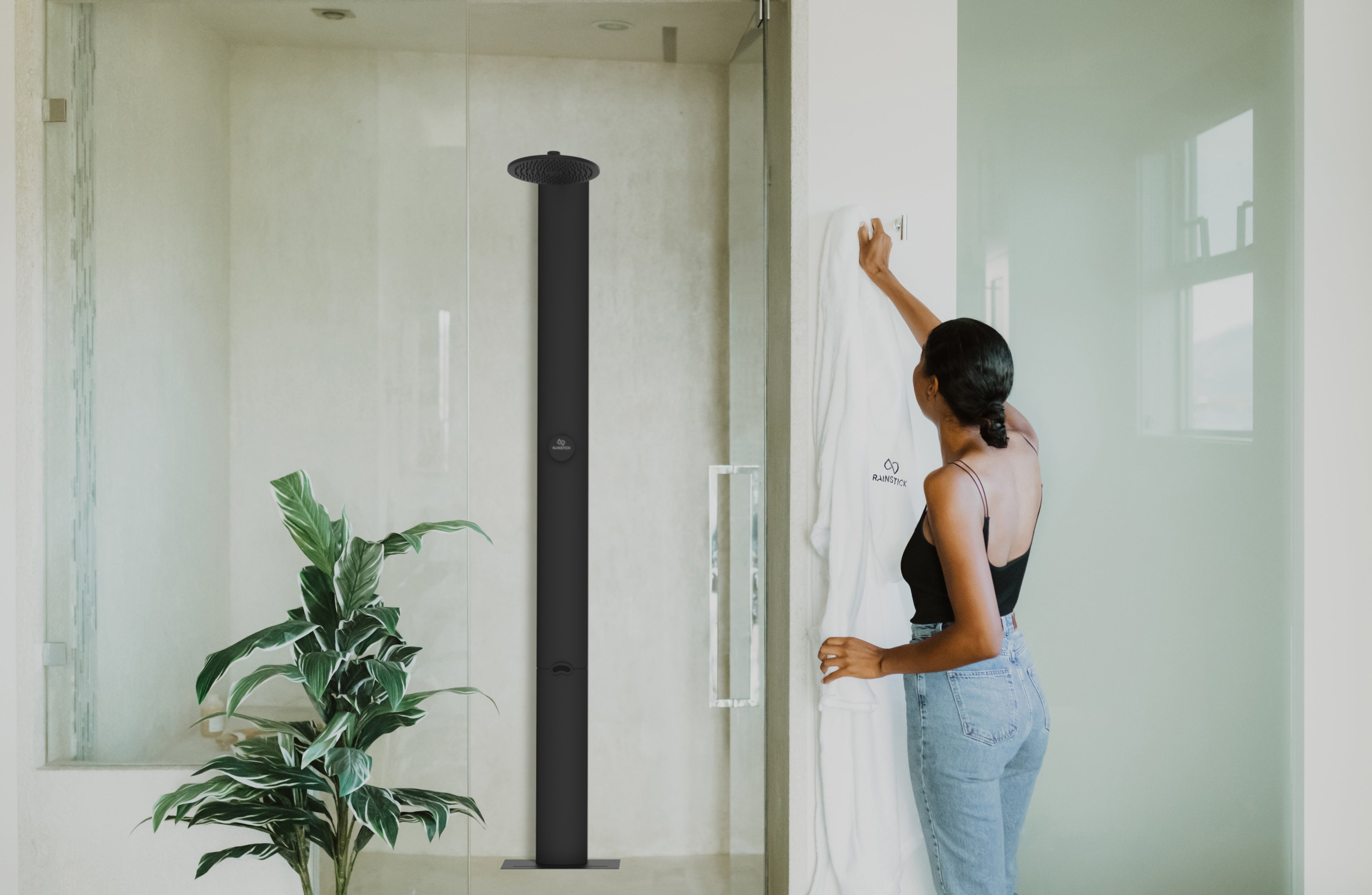As climate unpredictability rises and water scarcity intensifies, building water resilience in our homes and lifestyles has become essential. Water resilience means creating systems and habits that ensure a reliable water supply, even during droughts or high-demand periods. A promising solution lies in recirculating shower technology, which not only reduces water usage but also enhances energy efficiency. Let’s explore how RainStick's recirculating showers contribute to water resilience and play a key role in sustainable living.
Why Water Resilience Matters
Water scarcity is a growing global issue, affecting regions worldwide, including parts of Canada and the U.S., with periodic droughts that disrupt daily life. California, for example, has experienced years of severe drought, pressuring cities and households to adopt more efficient water practices. According to the World Resources Institute, nearly a quarter of the global population now lives with extremely high water stress. This underscores the importance of water resilience—systems and habits that protect a reliable supply in times of strain.
Regions in North America Facing Water Scarcity
Water scarcity affects many parts of the world, but certain areas in North America are particularly vulnerable due to climate, population growth, and water resource demands. These regions highlight the need for water-saving innovations like RainStick’s recirculating showers.
Water scarcity is a pressing global challenge, but some areas in North America face particularly high risks due to unique combinations of climate conditions, population growth, and increasing demands on limited water resources. In these regions, the need for water-saving innovations, like recirculating showers, is more critical than ever to help reduce household water consumption and enhance water resilience.
The Southwestern United States
The Southwest—including California, Arizona, and Nevada—faces chronic drought conditions due to high temperatures and large-scale agricultural demands. California has seen some of the driest years on record in recent decades, impacting both urban and rural water supplies. The Colorado River, a primary water source, has seen reduced flow, leading to water restrictions and rising costs in affected regions.
The Great Plains
Stretching from Canada through the central U.S., the Great Plains faces water scarcity challenges due to extensive agricultural demands on the Ogallala Aquifer, which supplies water to millions of acres of farmland. With the aquifer’s water levels depleting faster than natural replenishment, communities and agricultural sectors are increasingly impacted.
Western Canada, Okanagan Valley
Although Canada is perceived as a water-rich country, specific areas, such as British Columbia’s dry interior and the Okanagan Valley, experience significant water stress. The Okanagan Basin is one of Canada’s most water-stressed areas due to a semi-arid climate and high demand for agricultural irrigation. Water use per capita here is high, particularly in the summer, making the area highly susceptible to shortages.
Desert Communities
In Canada and the U.S., desert regions like Nevada, New Mexico, and parts of British Columbia face unique water challenges due to limited natural groundwater supplies and low annual rainfall. In these arid climates, conserving water is essential to sustaining local communities and ecosystems.
How Showers Contribute to Household Water Consumption
In homes, showers are among the most water-intensive activities. The U.S. Environmental Protection Agency (EPA) reports that a standard 8-minute shower can use up to 17 gallons of water, accounting for nearly 17% of indoor water use. Much of this water flows down the drain unused. Addressing these inefficiencies is crucial to building resilience against growing water scarcity, making water conservation in daily routines essential to sustainable living.
How Recirculating Showers Save Water and Energy
With water scarcity growing in vulnerable regions, recirculating showers like RainStick offer a practical and sustainable solution. By capturing, cleansing, and reusing water in a closed-loop system, these showers reduce overall water demand while providing a high-quality shower experience. This technology ensures every drop is maximized, especially valuable in water-scarce areas.
How RainStick’s Recirculating Shower Works
RainStick’s technology captures, cleanses, and reuses water in real time, preventing waste. Here’s how it works:
- Capture and Filtration: The system captures water and filters out dirt and debris as small as a grain of sand.
- Sanitization: A high-intensity UV-LED light sanitizes water, killing 99.9% of exposed bacteria.
- Temperature Maintenance: Fresh hot water is periodically added to maintain water temperature and purity.
This process allows users to enjoy a high-flow shower experience while using up to 80% less water and 80% less energy, an ideal solution for homes in water-stressed regions.
Benefits of Recirculating Showers for Water Resilience
- Reduced Water Demand: By reusing water in a closed loop, recirculating showers significantly reduce overall water use, making them perfect for homes in water-scarce areas.
- Energy Savings: Traditional hot water systems require constant heating for new water, but recirculating systems maintain water temperature with minimal additional heating, leading to energy savings and a reduced carbon footprint.
- Increased Resilience for Off-Grid and Drought-Prone Areas: For off-grid homes or those in drought-prone regions, recirculating technology ensures maximum efficiency, helping bridge the gap between water scarcity and sustainability.
Integrating Recirculating Showers for a Water-Resilient Home
To create a water-resilient home, consider combining recirculating showers with other water-saving fixtures, such as low-flow faucets and incineration toilets, to optimize conservation efforts. Adding a monitoring system to track water usage can offer insights into consumption patterns and highlight further savings opportunities. Staying informed on local water regulations and incentives is also beneficial, as shifting policies may support sustainable choices in household water management.
Building water resilience in our homes is not just an environmental consideration but a practical necessity. With technologies like the RainStick recirculating shower, households can significantly reduce their impact on local water sources while enjoying a high-quality shower experience. Embracing such innovations contributes to a more resilient and resource-conscious future.
Learn how RainStick can transform your shower experience sustainably


